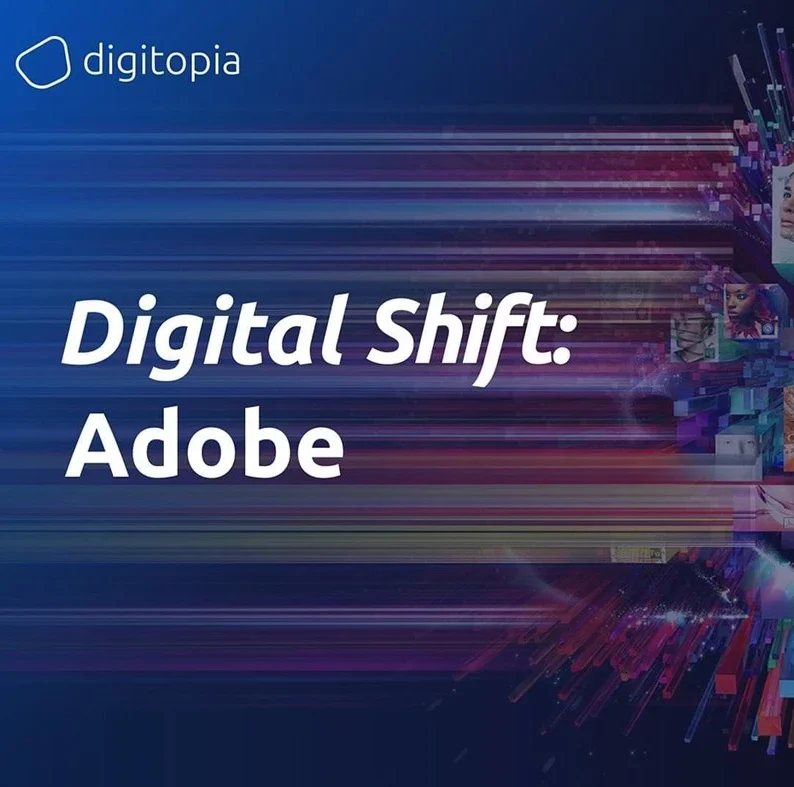
In our Digital Shifts series where we showcase the companies that transform their business through digital, today we highlight Adobe – a successful subscription-based software platform.
Adobe Inc. is a multinational software company established in Delaware in 2007. Adobe ranked 285th in Fortune 500 with $12.87 billion revenue. The company has more than 22 million active subscribers for its Creative Cloud services.
During the past five years, Adobe achieved compound earnings per share (EPS) growth of %62.5 per year (2014-2019). Adobe’s growth is six-fold of the Fortune 500 median from the same time period. The brand is globally known as the go-to solution for marketers and designers and dominating its segment over years.
Differentiation from the Industry
Adobe has kicked off its digital transformation journey amidst competitors shifting to subscription business model. Companies InVision and UXPin were available on cloud-based subscription plans, creating cheaper alternatives on the market.
From charging $700 only for Photoshop, the company bundled all its products for $10 per user per month. Their revenue dropped from 2011 through 2014 as the up-front earnings from boxed software ended. While Adobe was financially bleeding, their customers were no help either. 30,000 Adobe customers signed a petition on Change.org asking Adobe to abandon the SaaS transition.
However, it took a firm stance and showed resilience. In the meantime, Adobe expanded to adjacent markets with several acquisitions and a new service offering called “digital experience”, a bundle of solutions for marketing, analytics, advertising and commerce.
The Digital Edge
While disrupting its business model, Adobe made sure to invest in their people capabilities. Since the revenue was no longer cyclical or was heavily reliant on new product launches or updates, it no longer made sense for them to have annual reviews.
Thus, starting from 2012, Adobe branded its HR unit as “People Resources” and replaced annual reviews with their own system called “the Check-in approach” that occurred in real-time, with constant feedback loops. The practice soon became an exemplary methodology for other SaaS companies.
The company also saw the future in analytics and set the ambition to be the biggest “the big data company for marketers”. The marketing industry was challenged with data silos across different solutions. Adobe overcome this challenge by especially focusing on data management with their Adobe Sensei product.
Incumbent Stance on Adobe Journey
The fear of losing the throne ignited Adobe’s digital journey, however they did not rush for the small wins. Adobe set their digital vision right and were willing to sacrifice their short term profits for long term revenue growth.
Adobe’s digital journey was a holistic strategy that enabled the company to maintain the customer-centricity, invest in the human capabilities, and create different offerings utilizing data and analytics.
Compared to 2018, their digital experience segment revenue grew %31 whereas digital media segment grew %22 and Adobe finished the year with $8.4 billion in digital media annual recurring revenue (ARR).
Even digital native or software companies can be incumbents when it comes to being digitally enabled. Having a crisp digital vision and patience would unlock greater benefits in the long run.

